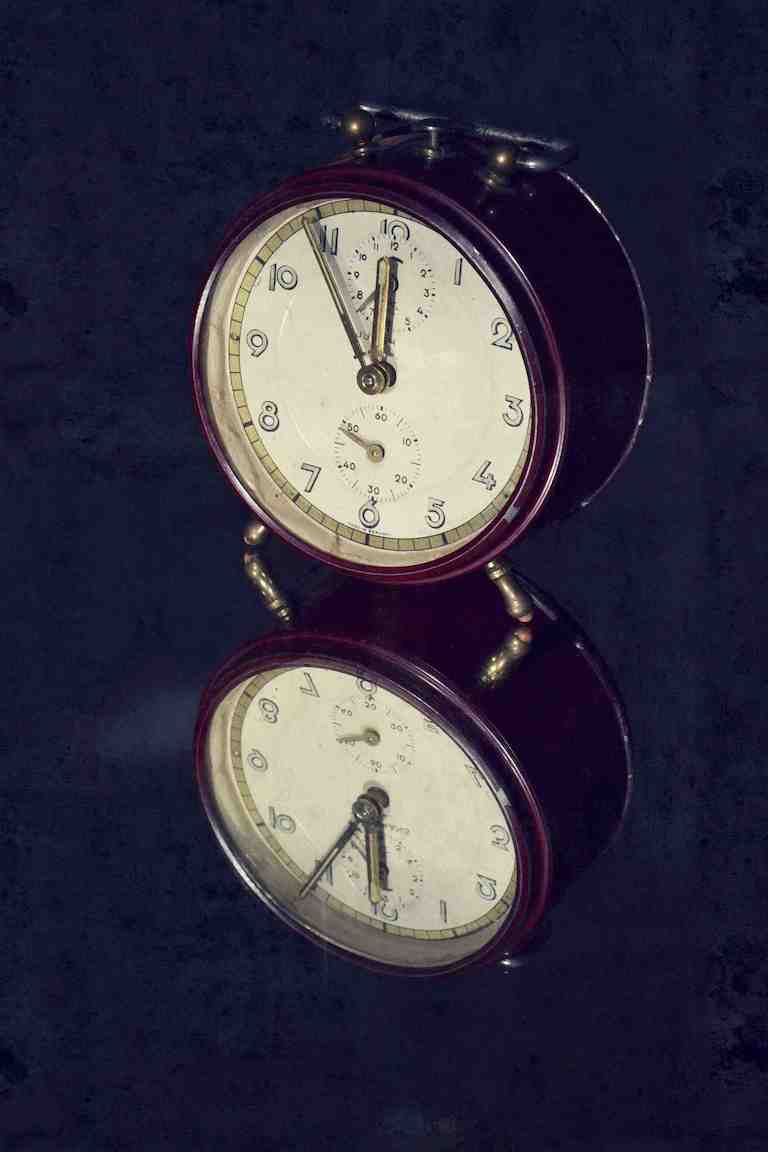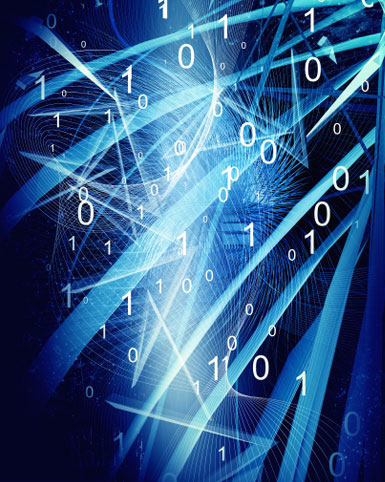Welcome to QuIC!
The Centre for Quantum Information and Communication (QuIC) has been active in quantum information sciences since 2001, with research contributions ranging from fundamental physics questions, such as quantum measurement, quantum entanglement, or quantum nonlocality, to more information-flavored topics, such as quantum communication, quantum cryptography, or quantum algorithms. It has invented and contributed to the demonstration of the first continuous-variable (Gaussian) quantum cryptographic protocol, and has developed the first quantum adiabatic algorithm with a quantum speedup (quantum adiabatic search). Recently, it also has contributed to establish the fundamental limit on the transmission rate via Gaussian bosonic channels (the quantum extension of Shannon's famous channel capacity formula), and has discovered a quantum two-photon interference effect in the amplification of light akin to the Hong-Ou-Mandel effect.
It currently holds two patents, and has published numerous scientific papers, among which two in the journal Nature, one in Nature Physics, two in Nature Photonics, and three in Nature Communications.
Nicolas J. Cerf, group leader.
JOB OPENING : Postdoctoral position in quantum foundations and information
Please direct informal enquiries to Dr. Ognyan Oreshkov.
Time-delocalised variables violating causal inequalities (Nature Communications, March 2023)
See press release.
Cyclic quantum causal models (Nature Communications, February 2021)
See press release.
Quantum interference in time (Proceedings of the National Academy of Sciences, December 2020)
See press release.
Ognyan Oreshkov joins QuIC as a permanent F.R.S.-FNRS researcher!
The QuIC center is happy to welcome Ognyan Oreshkov as a tenured F.R.S.-FNRS researcher, starting in October 2017. Ognyan received his Ph.D. from the University of Southern California and has held several postdoctoral positions in Europe, including in Barcelona, Vienna, Brussels, and Oxford. He previously received a Marie Curie Intra-European Fellowship and an F.R.S.-FNRS Postdoctoral Fellowship. Ognyan has been awarded a tenured Research Associate mandate for a project on indefinite causal structure in quantum theory. See FNRS news (issue of September 2017).
Quantum communication: the replica method gets its due (npj Quantum Information, February 2016)
An improved method for calculating the entropy of quantum information carriers may help solve hard problems in quantum communication theory. QuIC researchers have investigated the entropy generation of Gaussian quantum transformations by adapting for this purpose the ‘replica’ method, a trick developed by statistical physicists for the description of random media such as spin glasses. These results are published in npj Quantum Information (Nature Partner Journal) and are advertised in the journal homepage (see full article at doi:10.1038/npjqi.2015.8)
Raúl García-Patrón Sánchez has got a permanent FNRS position with us!
Starting October 2015, the QuIC center will host a new permanent researcher: Raúl García-Patrón Sánchez, who was a Return Fellow from BELSPO (Belgian Science Policy Office) after several years of postdoctoral experience in Germany and the USA, has recently been awarded a Research Associate tenured position from the F.R.S.-FNRS (Fund for Scientific Research). See FNRS news (issue of September 2015).
Time reversal in quantum physics revisited by QuIC researchers (Nature Physics, July 2015)
See press release.
Quantum limit on telecommunications : QuIC researchers solve a long-standing problem in Nature Photonics (September 2014)
This news has been covered in Belgium in FNRS news (issue of December 2014), in G Square (issue of March 2015). See also Athena magazine.
21st Central European Workshop on Quantum Optics (CEWQO 2014) organized by QuIC in Brussels (June 2014)
The 21st Central European Workshop on Quantum Optics has been held in Brussels from 23rd to 27th of June 2014, in the Palace of the Academies. Started in the 90s within a European project aimed at collaborating with Central-European countries, this series of workshops has evolved into a central annual gathering of European researchers working in quantum optics, its applications to quantum information, and foundations of quantum mechanics. It provides them with an opportunity to share their latest results and to listen to leading researchers invited to come from the other parts of the Globe. For two decades the workshop traveled all over the continent reaching its geographical edges. This 21st edition has come to the “Capital of Europe”.
The NIST has selected Keccak as the winner of the new SHA-3 hash algorithm (October 2012)
Gilles Van Assche, a former PhD student at QuIC, is member of the team of four cryptographers who designed the Keccak algorithm, selected as the winner of the SHA-3 Cryptographic Hash Algorithm Competition by the National Institute of Standards and Technology (NIST). In the review process, the cryptographic community provided an enormous amount of expert feedback and NIST winnowed the original 64 candidates down to the five finalist candidates. These finalists were further reviewed in a third public conference in March 2012, and NIST finally announced Keccak as the winner of this competition on October 2nd, 2012. Keccak will now become NIST’s new SHA-3 hash algorithm. See the press release.
2012 Nobel Prize in Physics : celebrating the race towards quantum computers (October 2012)
The 2012 Nobel Prize in Physics has been awarded to Serge Haroche (Collège de France and ENS, Paris, France) and David J. Wineland (NIST and University of Colorado, Boulder, USA) for the development of “ground-breaking experimental methods that enable measuring and manipulation of individual quantum systems”. Haroche and Wineland have carried out pioneering experiments in the field of quantum optics, independently developing approaches to examine, control, and count quantum particles. Wineland works with trapped ions and measures them with light, whereas Haroche controls and measures photons. Besides reporting multiple breakthroughs in fundamental science, their experiments have led to the construction of extreme precision atomic clocks and paved the way for researchers making the first steps towards building computers based on quantum physics.









